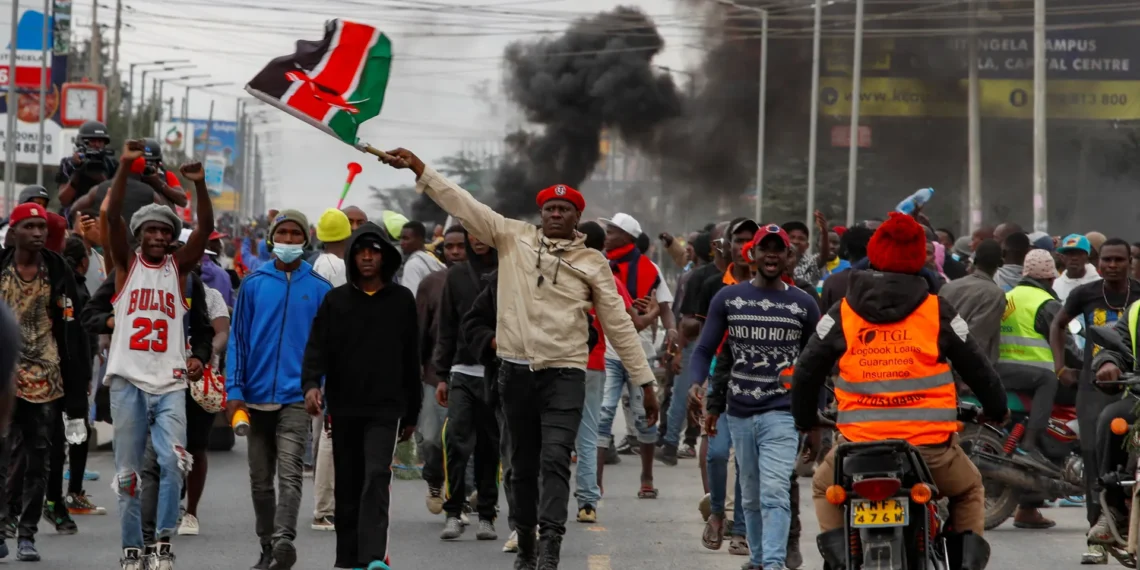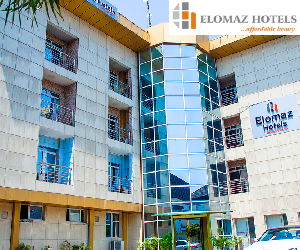NAIROBI, Jan 6 (Reuters) – Nineteen-year-old Charles Owino was killed by a gunshot to the head during a day of anti-government protests near Nairobi in July, according to an autopsy report seen by Reuters.
But Kenya’s police recorded his death as a road accident, his brother said, citing the morgue logbook he was shown after he visually identified Owino’s body. Reuters has not seen a copy of the logbook entry.
In a separate case, police said Shaquille Obienge, 21, died in a road accident, his father told Reuters, also citing an entry in the morgue logbook.
But Obienge was shot in the neck, according to the government’s own autopsy report conducted after his father visually identified his body. Obienge, who was also a protester, died the same day as Owino, in the same Nairobi suburb of Kitengela, according to the report seen by Reuters.
In Kenya, morgue logbooks record the cause of death reported by police when they bring in bodies, with public pathologists usually only performing autopsies once bodies are identified by relatives.
Reuters spoke to three police officers who work in a unit deployed during protests who said that Kenyan police at times mischaracterize deaths caused by officers as “death by accident”, “mob justice” or “drownings” in morgue logs to cover their tracks.
The officers requested anonymity to speak about sensitive matters.
For this story Reuters reviewed copies of four autopsy reports conducted by public pathologists after family members identified Owino, Obienge and two other young men killed in or after the anti-government protests that rocked the country in June and July.
Relatives described discrepancies between the causes of death recorded by the police in morgue logbooks and the autopsy reports in three of the cases.
All the bodies were tagged with a number that was also entered into the logbook by morgue workers. Although Obienge and Owino were logged without a name when they were admitted to the morgue, their relatives matched the number on the body with the logbook entry and could see the cause of death declared by police.
Reuters was unable to independently verify the allegations made by the families.
Read Also: Asaba community raises N1bn for new Asagba palace project
The third death, of Kepher Odiwuor Ouma, 24, was blamed by police on “mob justice,” his family said, citing the morgue logbook, which named him. However, two eyewitnesses told Reuters that Ouma was picked up by police at a protest on July 3 and beaten unconscious.
The battered body of the fourth protester, Denzel Omondi, was found on July 6 in a pool of water nine days after he disappeared, with the autopsy recording his death as drowning.
The National Police Service did not reply to questions about the specific cases examined by Reuters.
The offices of Kenya’s President William Ruto, his deputy president and the interior ministry did not respond to requests for comment.
Thousands of young Kenyans took to the streets in nationwide protests against tax hikes and political corruption, starting in late June. Deputy President Kithure Kindiki has said 42 people were killed during a police response that rights groups say involved firing live rounds.
Some prominent rights groups have accused Kenyan authorities of a cover-up of dozens of alleged police killings, unexplained abductions and illegal detentions related to the protests, which became known popularly as the Gen-Z protests because of their youthful demographic.
Kenya’s National Commission on Human Rights, a government-funded body, recorded 82 cases of enforced disappearances in the period between the protests starting in June and December, compared to just nine cases in the previous 18 months. Of those 29 remain unaccounted for, the commission said in a statement on December 26.






